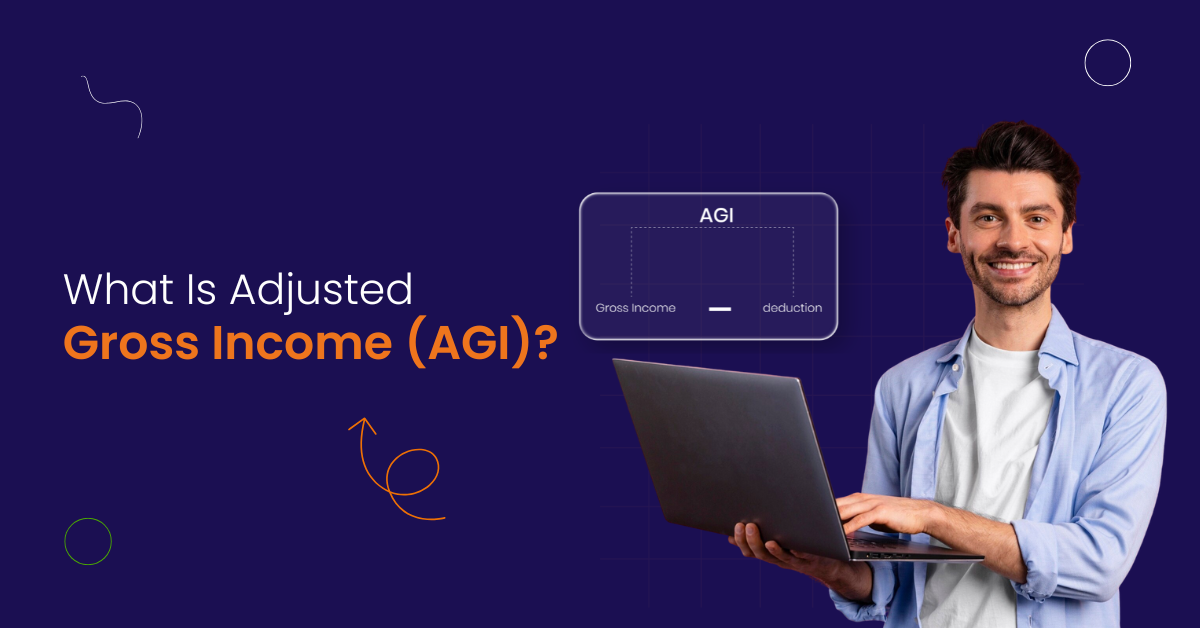Understanding the Statement of Profit and Loss in Payroll Software
When managing your organisation’s finances, clarity begins with one key report – the statement of profit and loss. Whether you’re a growing startup or an established enterprise, understanding how this report works inside HRMS Bharat Payroll helps drive smarter decisions, reduce financial blind spots, and enhance business sustainability.
This financial statement summarises a company’s revenues, expenses, and net profits over a defined period – monthly, quarterly, or annually. For finance teams using payroll software in India, it’s not just about calculating numbers but automating how accurate, timely, and regulatory-aligned those calculations are.
Why the Profit and Loss Statement Matters for Businesses
The profit and loss statement, often referred to as the P&L statement, provides a bird’s-eye view of financial performance. In Bharat Payroll’s AI-driven ecosystem, this means:
- Automated generation of P&L from integrated salary, tax, and reimbursement modules
- Seamless sync between payroll data and statutory compliance outputs
- Real-time view of labour costs, expense ratios, and employee liabilities
Components of a Statement of Profit and Loss in Bharat Payroll
1. Revenue and Payroll Expenses
Gross revenue in payroll terms includes total employee costs before deductions. This means:
- Basic salary
- Allowances (HRA, LTA, conveyance)
- Performance-linked bonuses
- Gratuity and PF liabilities
Bharat Payroll’s payroll configuration module ensures each element is accounted for with precision, drawing from attendance records, overtime, and leave balance inputs.
2. Operating Expenses in HRMS Context
In addition to direct payroll outflows, operating costs tracked through Bharat Payroll include:
- Employer contributions (PF, ESI)
- Statutory bonuses
- Insurance premiums
- Leave encashments
- Severance and gratuity payouts
Using the system’s Reports and Consolidated View, you can export these breakdowns for detailed financial analysis.
Automating P&L Calculations Using Bharat Payroll
With traditional systems, financial teams manually compile data across salary sheets, reimbursements, and compliance forms. This delays reporting, increases errors, and risks non-compliance.
Bharat Payroll solves this by automating:
- P&L Data Sync: Pulls from real-time payslips, attendance logs, and savings declarations
- Rule-Based Deductions: Maps income tax, EPF, and other liabilities using pre-configured statutory rules
- Time-Period Filters: Generates weekly, monthly, or quarterly P&L statements for audit-readiness
AI-Powered Insights and Payroll Analytics
Bharat Payroll’s AI engine allows businesses to:
- Predict salary spikes and financial liabilities
- Analyse workforce cost-to-revenue ratios
- Benchmark profit per employee across departments
These features are embedded within the system’s Dynamic Report and System Tracking tools, enabling real-time profitability monitoring.
Single-Step vs. Multi-Step P&L Statements in Payroll Systems
1. Single-Step Format
The single-step profit and loss format in Bharat Payroll is ideal for small businesses. It offers:
- Simple revenue-minus-expense summary
- Quick monthly profitability checks
- Automated syncing from the employee salary and deduction modules
It’s suited for companies needing rapid financial reporting without complex categorisation.
2. Multi-Step Format
For medium to large enterprises, Bharat Payroll supports multi-step P&L formats with segmented views:
- Operating vs. non-operating payroll costs
- Earnings before interest and tax (EBIT) derived from salary expenditure
- Net profit post compliance expenses like TDS, professional tax, and gratuity
These views are essential during board reviews or audits.
How to Create a Statement of Profit and Loss with Bharat Payroll
Bharat Payroll simplifies the end-to-end process of building a profit and loss statement by leveraging its integrated payroll, compliance, attendance, and reporting modules.
Step 1: Data Collection from Payroll Activities
Every profit and loss statement begins with gathering financial data. In Bharat Payroll, this includes:
- Payslip Data: Captures gross salary, deductions, taxes, and net pay
- Attendance Logs: Syncs work duration, overtime, and shift-based costs
- Reimbursements: Automatically updates expense records upon approval
These data points feed directly into the Employee Consolidated Page, providing per-employee cost metrics for P&L calculations.
Step 2: Calculating Revenues and Deductions
Once all relevant data is sourced:
- Gross revenue (from client billings, service charges, etc.) is either entered manually or integrated from your ERP
- COGS (Cost of Goods Sold) includes wage payouts, PF, ESI, and gratuity
- Net income is derived automatically by subtracting these expenses from your operating income
The system maps these values through its Payroll Configuration settings, offering consistency and transparency.
Step 3: Finalising the Statement
Before finalising:
- Validate all assigned attendance and leave rules
- Confirm any approved anomalies or LOP entries
- Run the Dynamic Report to ensure no missing employee data or discrepancies
Once verified, you can generate a monthly or quarterly P&L report via the system’s export tools in PDF or Excel format, a critical feature for CFOs and auditors.
Analysing Your Profit and Loss Statement in Bharat Payroll
Numbers don’t lie — but they must be understood in the right context. Bharat Payroll’s smart reporting allows for multi-dimensional P&L analysis.
1. Using Profitability Ratios
Within the Reports > Audit Report section, you can measure:
- Cost-to-Payroll Ratio — shows what portion of revenue goes to employee costs
- Net Profit Margin — visualised post payroll and statutory expenses
- Per Employee Profitability — tracks ROI per headcount for workforce planning
These ratios are essential to understanding how efficient your workforce investment truly is.
2. Trend Analysis with System Tracking
Bharat Payroll allows you to compare P&L over time through:
- Payroll trends: Monthly salary variances
- Leave impact analysis: How absenteeism affects costs
- Compliance penalties: Breakdown of late filings or unapproved deductions
By integrating System Tracking and Attendance History, users can map operational behaviour to financial outcomes.
3. Benchmarking with Custom Payroll Reports
Using Custom Fields and the Add Columns option in Employee Management, you can benchmark:
- Different departments’ profit margins
- Work-from-home vs. on-site employee cost efficiency
- Contractor vs. full-time payroll impact
These comparisons help organisations optimise hiring and budgeting decisions.
Real-World Examples Using Bharat Payroll
Let’s consider how companies use Bharat Payroll to automate and analyse their P&L:
- A BPO with 500 employees uses the multi-step P&L format to split revenue from US and UK clients. It filters payroll data by department, linking earnings to team-wise performance.
- A logistics startup uses Auto Clock-Out and Anomaly Management to tighten payroll accuracy, reducing false break claims and improving cost control.
- An FMCG company running 3 work shifts relies on Shift-Based P&L Reporting to understand profitability per time slot, using shift-wise rules mapped in the Attendance Rule Settings module.
These features turn Bharat Payroll into more than just a salary tool; it becomes your financial pulse monitor.
Common Mistakes to Avoid in Profit and Loss Reporting
Even the most advanced systems need the right usage to yield accurate outcomes. While Bharat Payroll automates much of the process, human oversight can still cause discrepancies. Below are some avoidable mistakes:
1. Outdated or Incomplete Employee Records
Inaccurate attendance logs, unapproved anomalies, or missing resignation data can distort payroll expense figures. Use the Login History and Outstanding Anomalies dashboard to reconcile inconsistencies before finalising reports.
2. Misclassification of Expenses
Improper mapping of employer contributions or bonuses under the wrong heads skews the P&L view. Bharat Payroll’s Payroll Configuration and Master Setup modules offer granular settings to maintain chart-of-accounts compliance.
3. Ignoring Auto Clock-Out Statuses
Failing to track Auto Clock-Out (AC) entries can lead to inflated break times and incorrect work duration calculations. Ensure these are reviewed and approved or corrected via the Mark as Present or Exact Time options.
4. Missing Compliance Liabilities
Often, P&L reports omit unfiled or future statutory payments. Always use Saving Declaration Lists and Approved Declaration Lists to anticipate these financial obligations and adjust reporting.
Tools to Manage P&L in Bharat Payroll
To master profit and loss tracking, Bharat Payroll offers a suite of built-in automation and visibility tools:
1. Dynamic Reporting Module
Generate department-wise or project-wise P&L breakdowns using filters like work location, team, or shift. Export results instantly in CSV or Excel formats for board presentations or audit reviews.
2. Audit and Biometric Reports
Map biometric attendance to salary costs to detect under-utilisation or ghost attendance. Perfect for companies tracking remote and field staff.
3. System Tracking Reports
Understand operational patterns, user logins, salary updates, and expense uploads. These give context to P&L variances during financial analysis.
4. Employee Consolidated Page
Get a monthly snapshot of each employee’s attendance, approved hours, break durations, penalties, and net salary – crucial for line-item profitability tracking.
Final Thoughts: P&L as a Strategic Payroll Tool
The statement of profit and loss isn’t just a compliance report. It’s a powerful business intelligence tool, especially when integrated into an AI-powered system like Bharat Payroll. From precise salary breakdowns and real-time compliance tracking to anomaly resolution and ratio analytics, every function in the system is designed to empower finance leaders with clarity and control.
When you automate your P&L inside Bharat Payroll, you’re not just calculating profits. You’re uncovering patterns, predicting trends, and building a data-led roadmap to sustainable growth.
Let Bharat Payroll handle the complexity of workforce accounting so you can focus on driving strategic growth.
Frequently Asked Questions
1. What is a profit and loss statement in payroll systems?
A profit and loss statement reflects income, expenses, and net earnings derived from payroll, reimbursements, and statutory deductions within a specific period.
2. How does Bharat Payroll automate profit and loss reports?
It pulls real-time data from salary disbursements, leave deductions, attendance logs, compliance declarations, and anomalies to auto-generate export-ready P&L reports.
3. Can small businesses use P&L features in Bharat Payroll?
Yes. Bharat Payroll supports both single-step and multi-step formats, making it suitable for startups and enterprises alike.
4. How does P&L relate to attendance and shift management?
P&L accuracy depends on precise attendance data. Bharat Payroll links work hours, overtime, and auto-check-outs to cost calculations automatically.
5. Does the system handle compliance-related costs in the P&L?
Yes. It integrates TDS, ESI, PF, LOPs, and reimbursement taxes directly into the final net income calculations.






